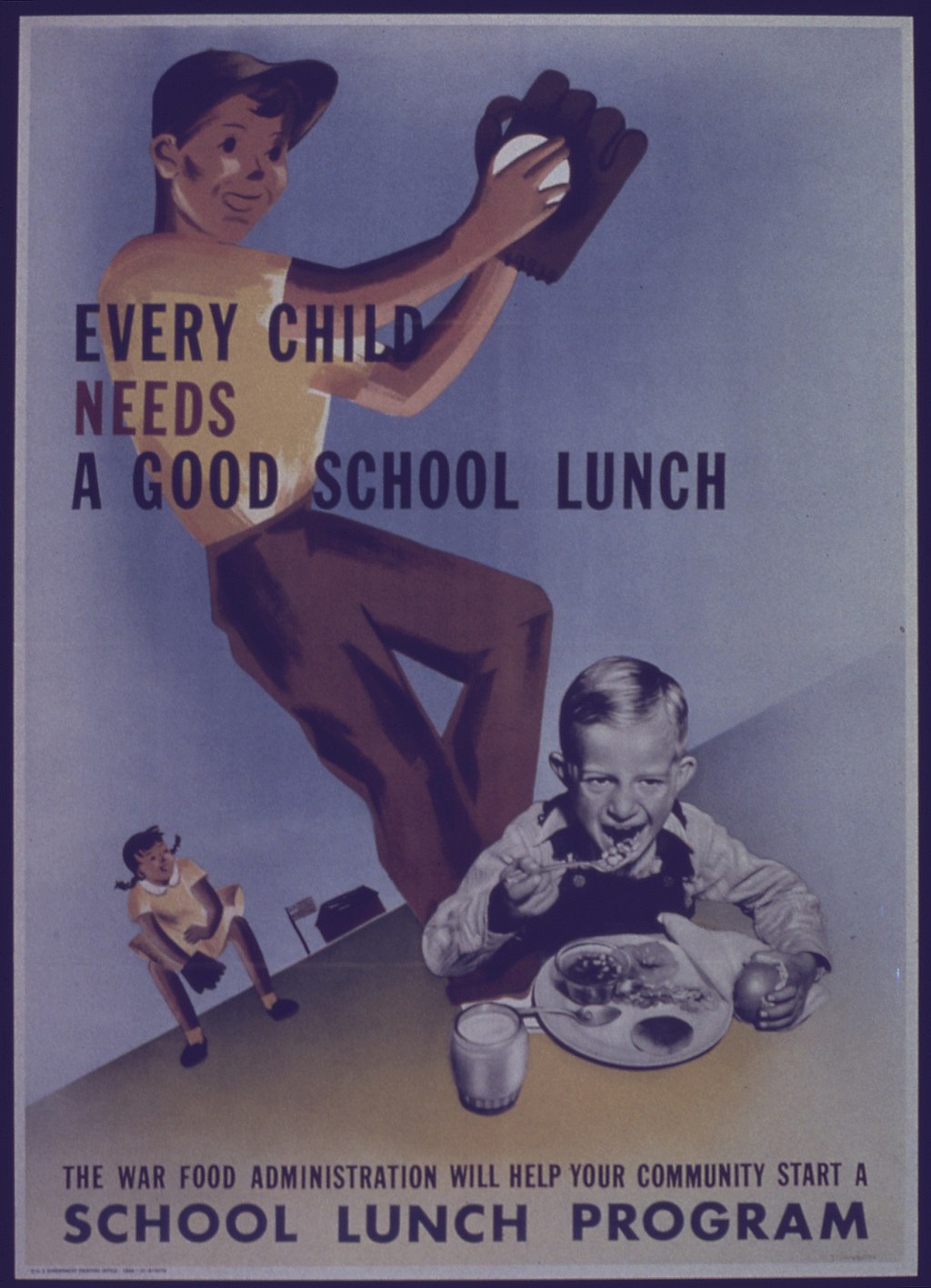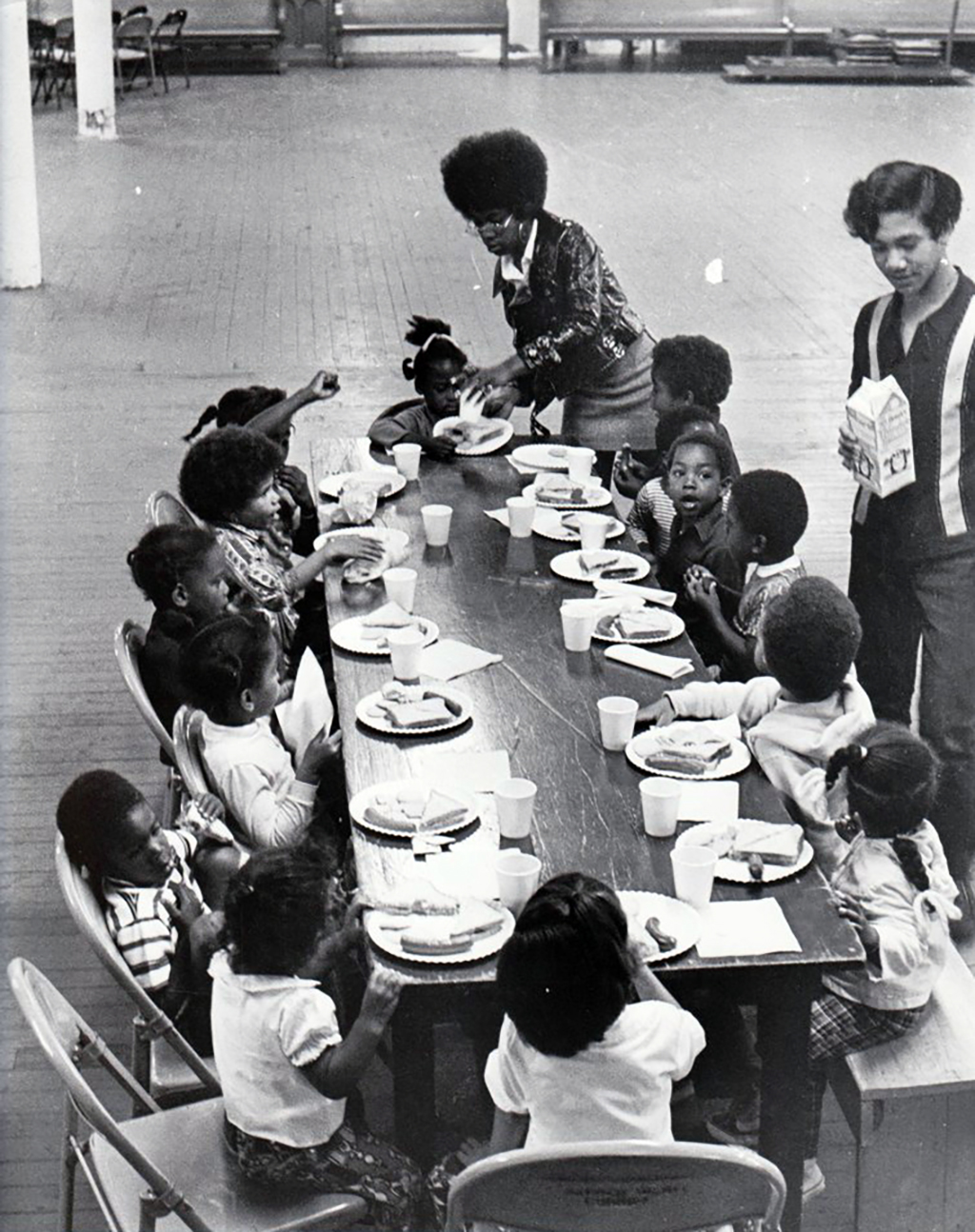The blog below is a brief overview of the history of select federal child nutrition programs and does not serve as an exhaustive resource that amplifies all the people and moments that have made these programs what they are today.
In 2020, around 1 in 7 households with children had trouble meeting their nutritional needs, with kids in rural areas and Black, Latino, and Native American children being especially impacted. Today, over two years into the COVID-19 pandemic, child hunger persists as millions of families continue to struggle to make ends meet. Kids who face hunger are more likely to experience developmental impairments, repeat a grade, and have behavioral problems, limiting their ability to thrive.

Londyn (left) and her six-year-old brother, Logan, at a food distribution in Houma, LA.
Historically, policymakers have developed and improved child nutrition programs to help ensure that children do not go hungry during trying times. However, lawmakers did not act alone. Advocates used their shared power to call the government to action by pointing out opportunities to leverage existing programs and develop solutions.





